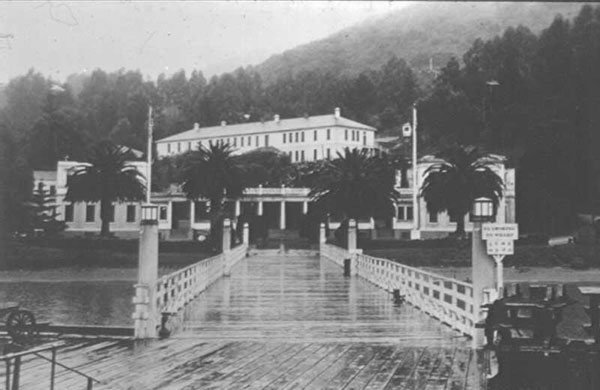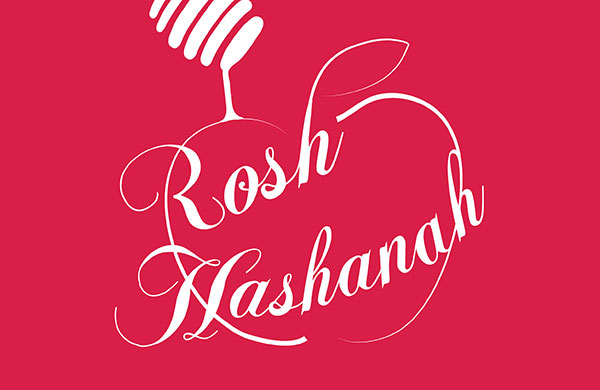 With great pleasure, we present the annual update of activities and accomplishments of the Sephardic Pizmonim Project at www.pizmonim.com.
With great pleasure, we present the annual update of activities and accomplishments of the Sephardic Pizmonim Project at www.pizmonim.com.
The Sephardic Pizmonim Project, dedicated in memory of Hazzan Gabriel A Shrem (1916-1986), is an organization that preserves the liturgical traditions of Aleppos Sephardic Jewish community. Our digital music archive collection consists of more than 1,200 recordings by some of the most venerated Syrian Hazzanim, past and present. Since April 2006, we welcomed more than 121,000 visitors from around the world.
We focus our efforts on preserving materials from our communitys Red Pizmonim Book, Shir Ushbaha Hallel VeZimrah (Sephardic Heritage Foundation). Due to the efforts of Gabriel A Shrem, Isaac J Cabasso, and numerous other cantors, the number of missing pizmonim melodies is currently down to 90. Discovering the remaining missing pizmonim melodies has proven to be an increasingly difficult task, due to the aging of the population. New recordings of already-known pizmonim continuously get added to the website.
Updated Maqam of the Week paragraphs can be found in the Miqra section, as well as in print in the Aram Soba Foundation Newsletter that is distributed weekly by Congregation Bnai Yosef. Included are the correct maqam to apply for the Shabbat morning prayers, selected pizmonim associated with the parashah (as per Hakham Moshe Ashear), the proper Torah Aliyot Stops and Mishmara readings. Hakham Mordechai C Nadaf, Joey Mosseri, and Haim Shayo contributed to these listings.
A revamping of the entire website is currently underway. My friend, Sam Franco, has designed a new prototype for the website, and he is being assisted by Sauly M Betesh. When ready, the new version of pizmonim.com will be more technologically up-to-date and user-friendly. We plan to launch the new website some time this year.
In the Maqam section, there are charts and tables summarizing relevant information on the topics of the Maqam of the Week lists, informative facts about each maqam, as well as the order of maqamat sections as seen in various pizmonim manuscripts since 1587. Thanks to Leon Sakkal for providing information about the rare maqamat.
In the Prayer section, we recommend studying the digitized Weekday Siddur that follows the Old Aleppo Ritual as found in Mahzor Aram Soba of 1560. Understanding the changes of the prayer texts from the 16th century compared to our Siddur is sure to provide broad insight and a deeper understanding on how the Mustaarabi (native Arabic Jewish) population differed from their Spanish Sephardic Jewish counterparts, as well as how the influence of the Kaballah changed the text of many prayers in the Siddur. A PDF of Mahzor Aram Soba from 1560 is available in the Library section.
Our Biography section honors those hazzanim and lay leaders that are associated with our project. One page that has recently been created is dedicated to the late Rephael Yair Elnadav (1919-2011), the legendary cantor that served our community from more than 50 years. Hazzan Elnadav officiated at numerous community weddings and has composed pizmonim in honor of these happy occasions. At least 10 of his pizmonim are in the Red Book. Unfortunately, his authorized recordings are rare, but if any surface, we will try to obtain permission to post them.
The Aleppo Library section is our newest addition. It includes many texts of the works of Aleppo rabbis from the 18th through 20th centuries. Most of the PDFs were obtained courtesy of hebrewbooks.org. Thanks to Rabbi David Sutton, author of AleppoCity of Scholars, who helped provide information for the rabbinic works cited.
In addition, Alberto Attia, sent a copy of a valuable handwritten pizmonim manuscript from his great grandfather, Yehudah Attia, dated 1858. Due to the fact that it is the personal manuscript of Albertos great grandfather, he took a special interest in seeing that it got digitized and released. The pizmonim manuscripts provide us with many insights into what was practiced in 19th century Aleppo. Unfortunately, many of the pizmonim melodies in the old manuscripts are lost to time because most were forgotten, prior to the invention of the tape recorder. In addition to this manuscript, Alberto Attia also contributed a PDF of the Aleppo Codex available to download.
We hope that our visitors take the time to download and study the works of our Sephardic Hakhamim of Aleppo. We guarantee that this is time well spent.
In the future, we hope to obtain more manuscripts that were part of the Sassoon Library (Britain, 1930) and are now located in various Jerusalem museums. These manuscripts are mostly from the 19th century. This effort will require some financing, due to the costs of making digital copies, but once done, the material will always be available online.
Our Youth Pizmonim Contest was a tremendous success, as many children picked difficult pizmonim and sang them in front of a live audience. At the end of the night, each student walked away with a brand new pizmonim book, a pizza dinner, and more importantly, a new pizmon that they will always remember.
David R. Hidary, son of Rabbi Dr. Ricky D. Hidary, was the first prize winner of the contest with his rendition of Romemu Lo BeKol on page 237d (a pizmon composed by Hazzan Rephael Y. Elnadav AH, in honor of the Bar Mitzvah of Ezra M. Tawil, in 1974). Thanks to Abie R. Betesh, Youth Director of Sephardic Synagogue, and Rabbi Nathan M. Dweck for organizing this wonderful event. We hope that other synagogues will copy the prototype created by Abie Betesh and the Sephardic Synagogue.
Each year, the High Holiday section (a page with all the recordings for Rosh Hashanah and Yom Kippur) gets dedicated in memory of an individual who has passed away the previous year. The individual is honored because they represent the best character traits and values that we, as a community, strive to emulate. Over the past few years, this award has been dedicated in memory of Moiss Saba (2010), Joe Savdie (2009), Charles Antoky (2008), Eddie Mishan (2007), Sam Catton (2006), Charlie Seruya (2005) and H. Selim Dweck (2004). The High Holiday page for 2011 was dedicated in loving memory of our friend and beloved community member, Mr. Frank Beda, Shabetai Ben Batyah AH. May his memory be blessed.
In Let Jasmine Rain Down, by Dr. Kay Kaufman Shelemay, Gabriel A. Shrem was asked in an interview (January 1986) about his compilation of the Pizmonim Book. He is quoted as saying, about 13 years of my life are in this book. I worked on it only at night, because, after all, I have to take care of my family. I used to work many times until 1 or 2 oclock in the morning, and as it is, I used to work with one-sixth vision of what the average person has. I didnt care. Im in love with the pizmonim books. Im in love with the pizmonim.
___________________
David M Betesh is a founder of the Sephardic Pizmonim Project and a dental student.



